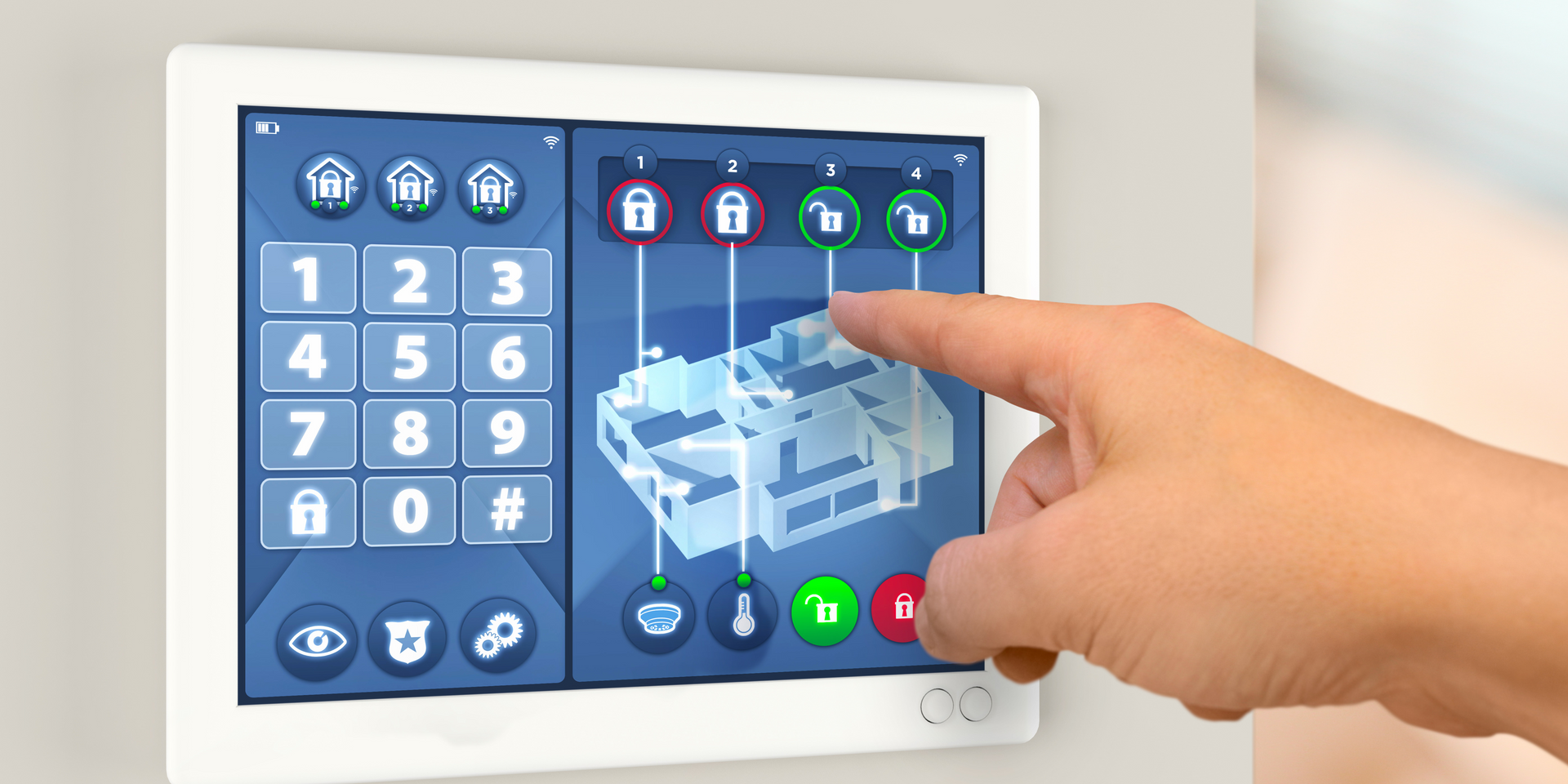Alarm management Standards
In any industrial setting,
4 types of alarm system
is crucial to ensure safety, efficiency, and compliance. Understanding alarm management standards is vital for organizations in process industries, utilities, and even healthcare. These standards help optimize alarm systems, ensuring that critical alerts are effectively communicated and acted upon. In this article, we'll delve into the governing standards for alarm systems, key regulations, and the best practices to manage alarms in your organization.

What is the Governing Standard for Alarm Systems?
Alarm systems in industrial settings are primarily governed by alarm management standards. These standards ensure that alarms are effectively managed throughout their lifecycle to minimize risks and enhance operational efficiency. One of the key concepts in alarm management is the alarm management lifecycle. This lifecycle covers everything from design, implementation, and maintenance to optimization of the alarm system.
The governing standard for alarm systems is typically guided by both industry-specific regulations and global standards. Key standards include IEC 62682 for the management of alarm systems in process industries and the ISA182 standard for alarm management. These standards provide a framework to evaluate, manage, and improve alarm systems to ensure they perform optimally throughout their lifecycle.
What is the Standard of Alarm Rationalization?
Alarm rationalization is the process of reviewing and optimizing alarm settings and thresholds. The goal is to ensure that only the most important alarms are triggered, reducing alarm fatigue and improving response time. The standard for alarm rationalization requires that every alarm has a clear purpose and is appropriately configured to prevent unnecessary disturbances.
By applying these standards, organizations can improve their alarm management systems, ensuring that alarms are meaningful and actionable. Rationalization helps to prioritize alarms, ensuring that operators can respond to the most critical alerts first.

Which OSHA Standards Apply to the Alarm Industry?
The Occupational Safety and Health Administration (OSHA) has several regulations that apply to alarm systems. These standards are designed to protect workers by ensuring that alarms are effective and that proper procedures are in place to respond to alerts.
For instance, OSHA's fire alarm requirements stipulate that alarms must be clearly audible and visible throughout the facility to ensure immediate response during an emergency. Additionally, OSHA’s smoke alarm testing requirements help ensure that alarms are regularly tested and maintained, minimizing the risk of failure during emergencies.
Other OSHA guidelines address alarm systems in the context of process safety, particularly in industries where hazardous materials or conditions exist.
What is the Alarm Information Management System?
An alarm information management system (AIMS) is a critical component of modern alarm management. It integrates data from various sensors, devices, and systems to provide a unified view of alarm information. The system helps operators make informed decisions by presenting relevant alarm data in real-time.
Alarm management software plays a key role in AIMS. It helps organizations design, configure, and optimize alarm systems based on the relevant standards and regulations. Alarm management software can also be used to track the performance of alarms, ensuring that they meet the required standards and provide valuable feedback for improvements.
Which Are the Standards for Alarm Management?
Several important standards govern alarm management in different industries. These standards ensure that alarm systems are well-designed, effective, and optimized for performance. Key standards include:
- Alarm management standards, such as those outlined in IEC 62682 and ISA182, focus on improving the effectiveness of alarm systems by setting clear guidelines for design, maintenance, and operation.
- ISA182 standards are particularly focused on alarm system design and maintenance in industries like oil and gas, chemical plants, and utilities.
- IEC 62682 offers a framework for managing alarm systems across different industries, specifically focusing on process industries. It provides guidelines for alarm management that can help companies optimize their alarm systems for better safety and efficiency
.
Both of these standards emphasize a systematic approach to alarm management, ensuring that systems are well-maintained and responsive to actual threats.

What is IEC 62682 Management of Alarm Systems for the Process Industries?
IEC 62682 is a key standard for managing alarm systems in the process industries. This international standard provides guidelines for designing, implementing, and maintaining alarm systems to ensure they are effective and meet safety requirements. It focuses on improving alarm systems' ability to detect hazards, reduce nuisance alarms, and provide critical data to operators in a timely manner.
This standard is widely used in industries such as oil and gas, chemicals, and power generation. It supports the development of alarm management software solutions tailored to meet the unique needs of process control environments.
You can find the IEC 62682 PDF for detailed guidelines and templates that help organizations implement these standards effectively.
Conclusion
In summary, understanding the different types of alarm systems is essential for ensuring the safety of your property. Whether you opt for a Type 5 system with remote monitoring or a more basic setup, each system offers unique benefits suited to different needs. By considering the seven types of alarm system and the three main alarm categories, you can choose the perfect solution for your security needs.
If you’re ready to upgrade your security system, consult with a professional to determine the best fit for your home or business, contact us today!
You might also like



